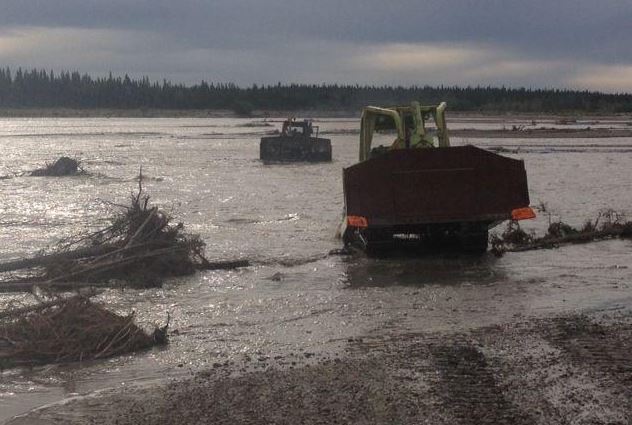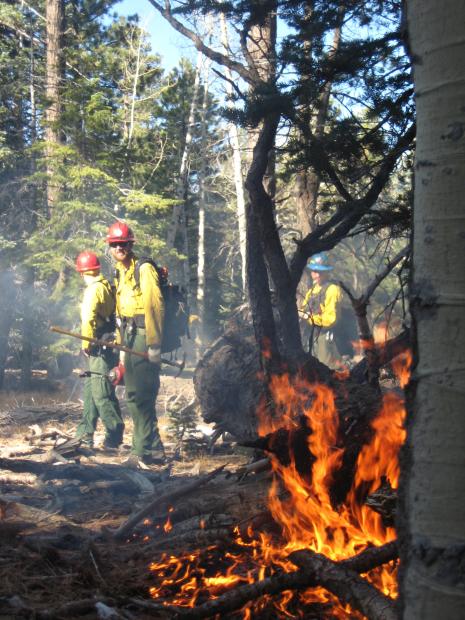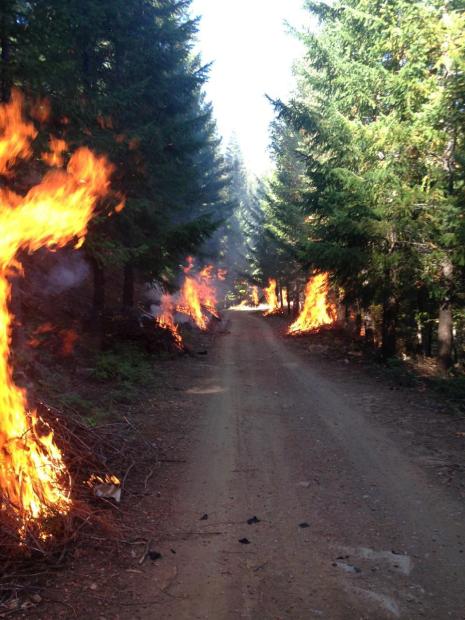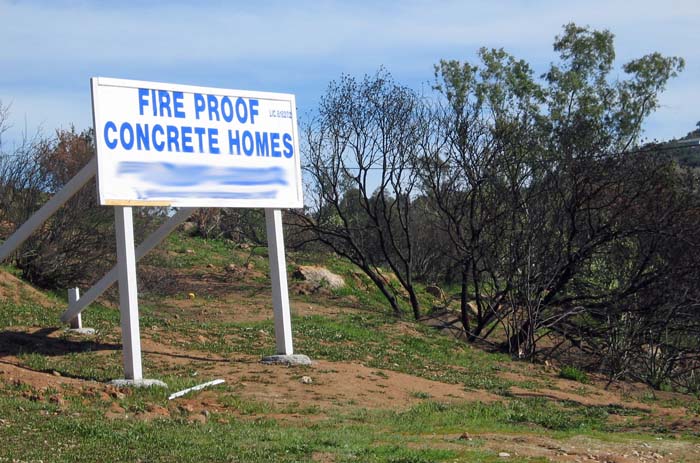
It was just a month ago that Betty White became an honorary Forest Ranger. Now Arnold Schwarzenegger has been added to the ranks which also includes Chuck Leavell, keyboard player for the Rolling Stones. A rather diverse group.

Below are excerpts from an announcement by the USFS:
****
“Former California governor Arnold Schwarzenegger received a U.S. Forest Service badge and jacket during a special ceremony in Washington, D.C., naming him an Honorary Forest Ranger for his work on climate change issues.
“I know you understand what we need to do as a nation to reduce the level of carbon in the atmosphere — after all, you have helped lead the way,” U.S. Forest Service Chief Tom Tidwell said to Schwarzenegger during the ceremony at the U.S. Department of Agriculture. “We look forward to having your help in educating communities on the devastating impacts of climate change on our forests and grasslands.”
Schwarzenegger said the honor “truly touches my heart” and expressed high praise for the agency and highlighted his respect for the thousands of Forest Service firefighters, especially as climate change effects have contributed to hotter, longer fire seasons.
“I have always known the kind of great work the U.S. Forest Service is doing. But when I became governor of California, (I saw) firsthand the kind of devastating fires we have in California,” he said. “I also have seen what climate change has done. We used to have a fire season, which was in the summer and the fall. Eventually this creeped up to (include) spring and now there is fire all year long.”
He said that Forest Service firefighters are “without a doubt the best firefighters in the world.”
“And it was like a sport team,” he said. “When a mistake was made there was never any finger pointing. You just got together and figured out how to work even better together. And because of that they were better able to do their jobs. . . and this is why I became such a fan.”
What some people may not realize is that he has an established record of working to ensure the viability of natural resources worldwide.
Continue reading “Schwarzenegger becomes honorary Forest Ranger”











